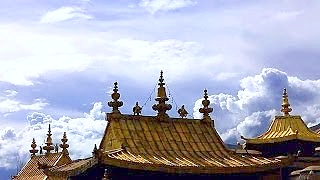 Beautiful scenery around WuSu 乌苏 in XinJiang province
Beautiful scenery around WuSu 乌苏 in XinJiang province
Far north west China ...
[640],shadow=true,start=,stop=
XinJiang map

Related Videos
Featured Videos

|
Experience the rich culture and breathtaking scenery ...
|

|
With Luca & Rachele 路卡和瑞丽 ...
|

|
Mostly food ; )
The Forbidden City (Palace Museum) and more in this China travel and culture vlog.
A masterclass of video editing and use of music. A vlog that is 'show, don't tell'.
A trip around the sights and tastes of BeiJing, China.
With Dear Nessie (and Hannah) ...
Bonus film look-book ...
|

|
Regarding term limits - President Xi is exceptionally well read and very much the right person at the right time, a period where China will (is) facing unprecedented attack for its success. Xi's plan is longer term and so requires a longer term limit; an extraordinary measure for extraordinary times.
|

|
A beautiful pictorial film of the southern province ...
|

|
This outstanding, feature length documentary follows travelers taking six different routes to Tibet - via SiChuan, QingHai, XinJiang, YunNan and the Himalayas.
Very beautiful ...
|

|
The Yangtze or YangZi (Cháng jiāng) is the longest river in Asia, the third-longest in the world, and the longest in the world to flow entirely within one country. Its source is in the northern part of the Tibetan Plateau and flows 6,300 km (3,900 miles) in a generally eastern direction to the East China Sea near ShangHai.
|

|
Bonus films - WuJiang Village ...
WanFeng Forest ...
FanJing Mountain ...
|
Tag search ?

 Beautiful scenery around WuSu 乌苏 in XinJiang province
Beautiful scenery around WuSu 乌苏 in XinJiang province





